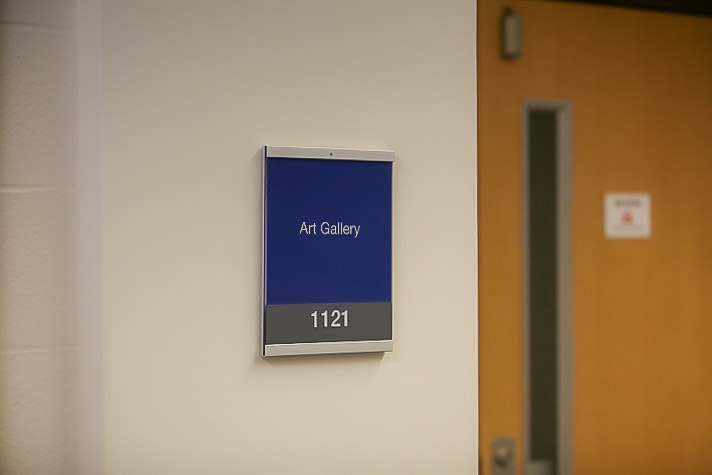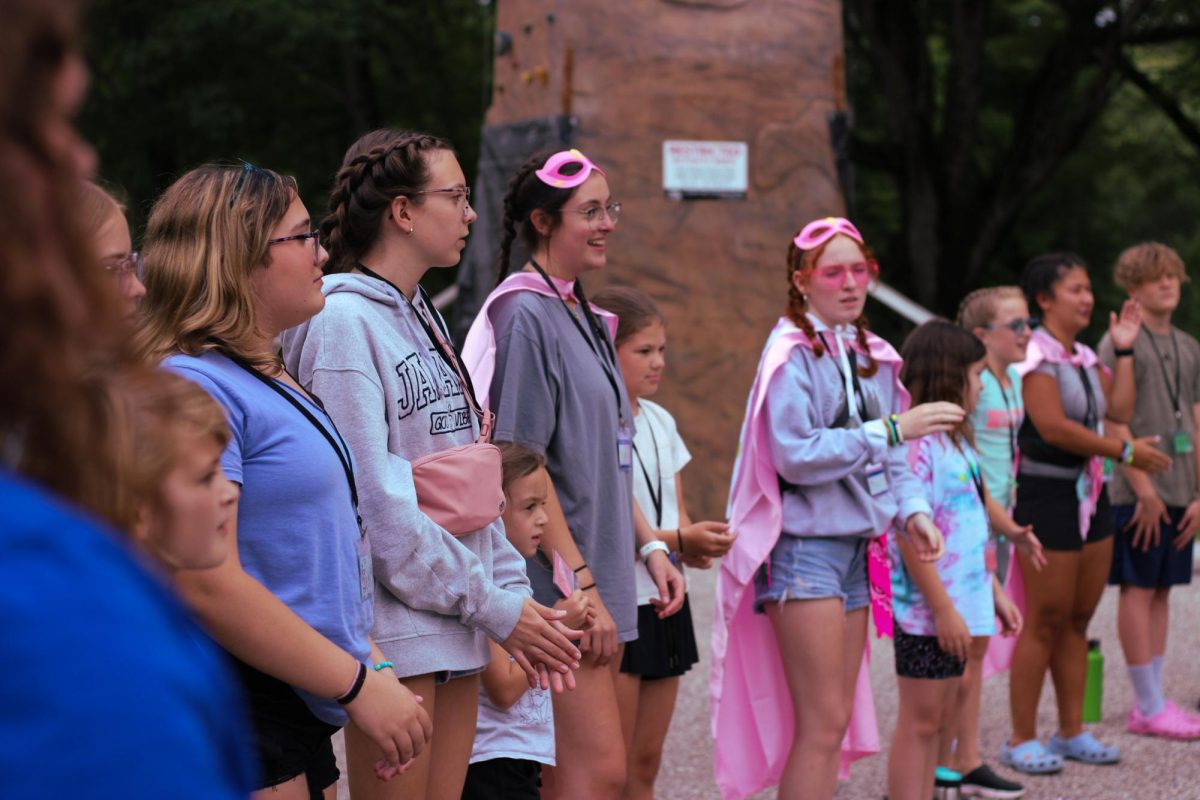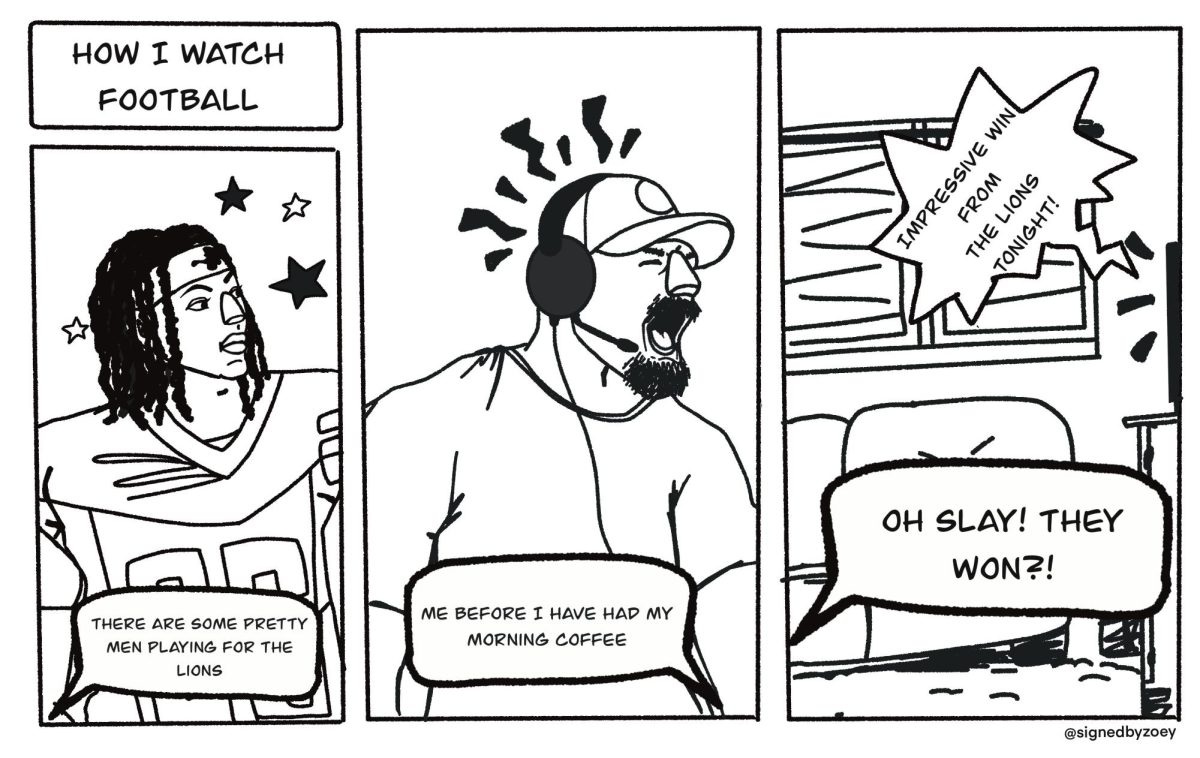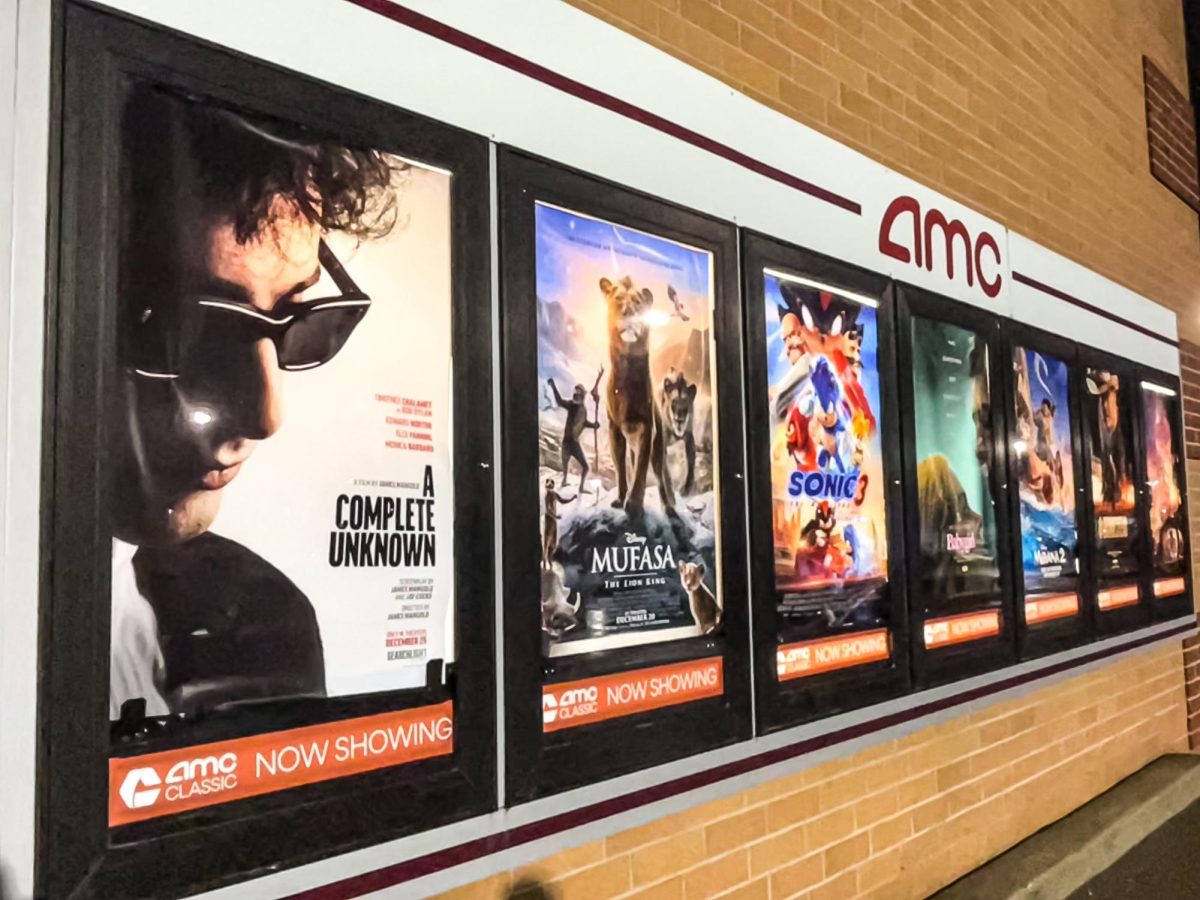Reviewer misses meaning of ‘Rhinocerous’
Apr 15, 2010
After reading the dense review of the play, “Rhinoceros” (in Monday’s issue) I felt compelled to write a (hopefully) thought-provoking response to both the columnist himself, and any Lanthorn readers that were succumbed to reading the misleading, ill-informed review.
At the start of the review, the columnist is quoted by saying, “The first step in creating a thought-provoking performance is creating a world that exists outside our own, encapsulating itself in a reality that we as individuals have yet to fully experience.” I agree that typically it is the goal to create this world to which the audience can escape to. Yet, note the italics on the word “typically.” This vision of theatre is merely one idea that can be presented on the stage by those involved. As for the play, “Rhinoceros,” this was not the vision to be communicated, and had the columnist been more observant and informed on both the play and the subject of theatre, he may have grasped this concept, and appreciated it.
It was, in fact, the exact goal of the director to reveal all sight lines, props, prop tables and costumes backstage to the audience. Instead of the typical theatre performance, those involved with “Rhinoceros” made an obvious effort to be seen on the sides of the stage ready to make their entrances and exits, and to keep their props and costumes in full-view to the audience. To further exasperate this concept, the director also specifically arranged for two large light poles to be visible on stage during the performance. Everything backstage was purposely visible to the audience in order for them to watch the interworkings of the play come together. The magic of watching the actors emerging from behind the curtain to the stage and instantly transforming into their characters is something only the lucky few waiting backstage get to experience. Allowing the audience to share this with the cast and crew of the play was a rare invite into our unique world of theatre by experiencing the enchantment of the play coming to life. We gave life to an entirely new and unique concept of theatre by putting it to use in the performances of “Rhinoceros.”
It is understandable and just if one does neither like the play nor the performance; however, it is a waste of time to write a review that is full of misunderstanding about the topic at hand; it only makes the newspaper look impractical and ill-informed.
I was disappointed at the Lanthorn’s review of “Rhinoceros” not because of my involvement in acting in the play, but because the columnist clearly ignored and pushed away the opportunity to fully grasp the concept of the play presented before him. By doing so, he failed to properly inform GVSU students of the play’s intended concepts and ideas.
Constructive criticism is always welcomed, and plain criticism is to be expected, but when a review falls into neither category, and rather ends up in a gray area, like this one, it helps no one.
Even if you think you’ve got the concept of the play on lock, you might be surprised to be exposed to an idea that didn’t even cross your mind.
Kelly Piliouras
GVSU sophomore

























